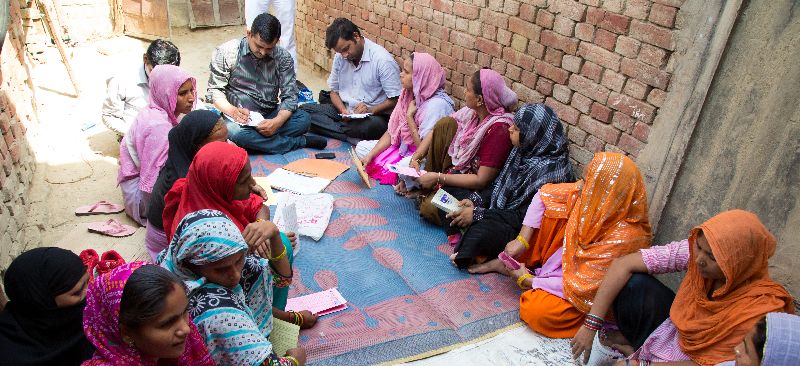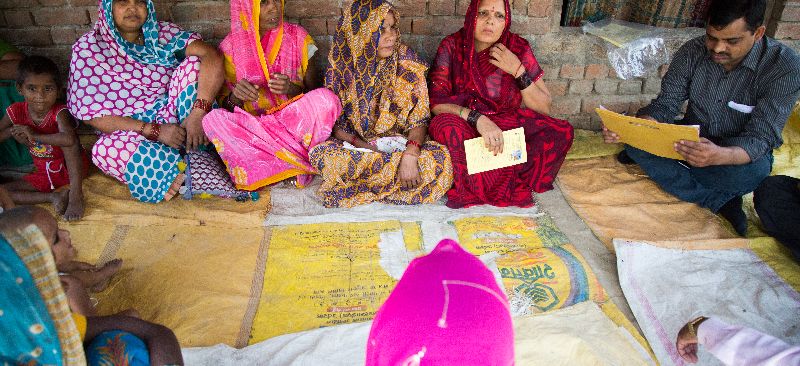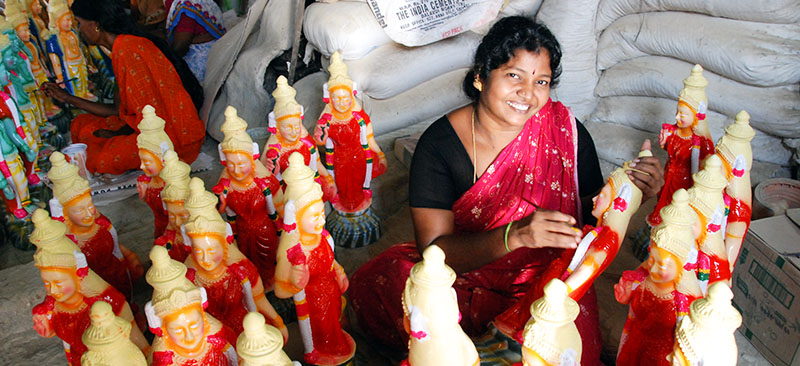In this video Clara Veniard, Associate Program Officer, Bill & Melinda Gates Foundation, explains the agent network model. She explains the various revenue models for the agent and the transaction fee models for customers. Clara notices that the key challenge has been building a model based on transactional revenue source – moving away from float or monthly fee based revenue model into one that is based on transaction. Having transaction based model is necessary to expand the market that requires a strong agent network.


